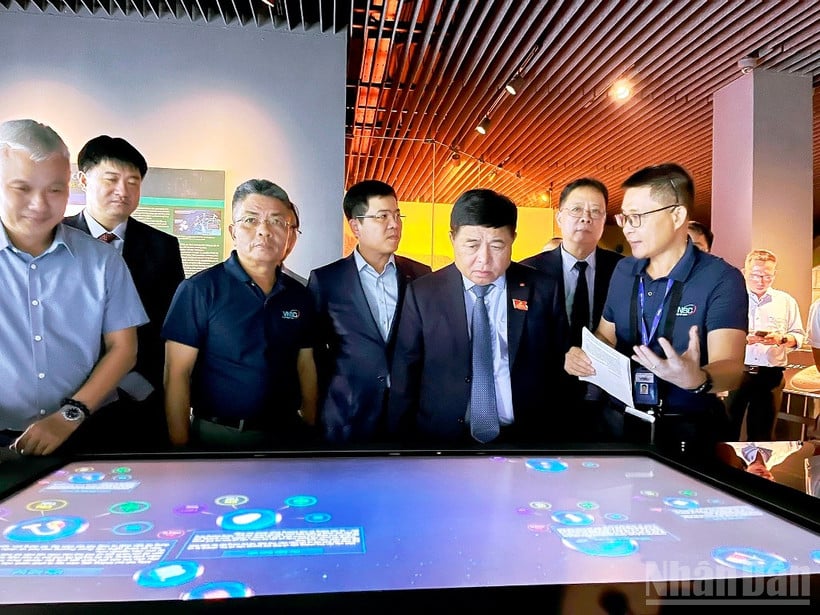
On the morning of August 21, at Hoa Lac Hi-Tech Park, Hanoi, Deputy Prime Minister Nguyen Chi Dung attended the opening ceremony and the plaque-hanging ceremony of the "Vietnam Space Museum", a project to celebrate the 80th anniversary of the National Day of the Socialist Republic of Vietnam and the 50th anniversary of the establishment of the Vietnam Academy of Science and Technology.
Attending the event were Professor, Doctor Chau Van Minh, Member of the Party Central Committee, Party Secretary, President of the Vietnam Academy of Science and Technology, representatives of leaders of units under the Academy and all leaders and staff of the Vietnam Space Center.
The Vietnam Space Museum project has an area of over 1,500m2 of outdoor space and over 1,600m2 of indoor space including 2 floors designed in a modern style, inspired by the endless vastness of the universe, using delicate lighting effects and advanced simulation techniques to create a vibrant space.
The satellite, planet and rocket models are meticulously crafted, scientifically arranged and realistic, bringing a beautiful and impressive experience. The space layout is arranged according to the flow of time - from the past formation of the universe to the current and future achievements of the dependent when put into operation.
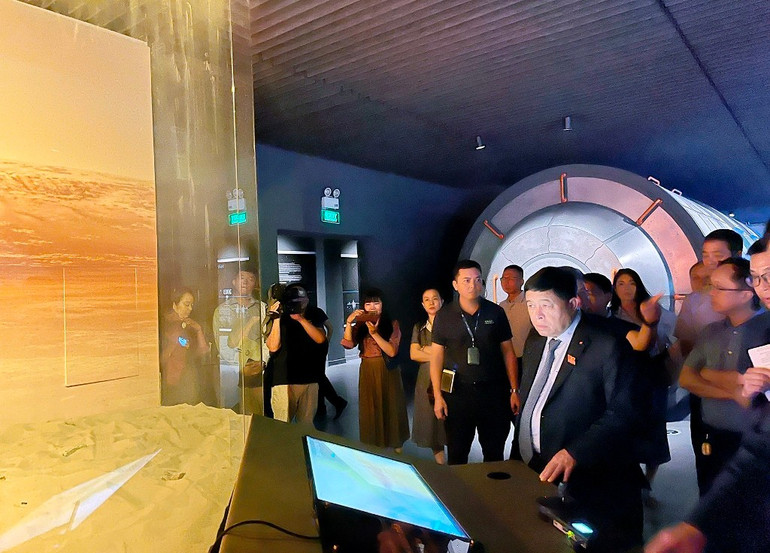
After visiting the Vietnam Space Museum, Deputy Prime Minister Nguyen Chi Dung visited the facilities of the Vietnam Space Center at Hoa Lac Hi-Tech Park and planted a souvenir tree to demonstrate his commitment to environmental protection and sustainable development.
Next, the Deputy Prime Minister met with the staff of the Vietnam Space Center, listened to their opinions and discussed future space development orientations.
Here, Deputy Prime Minister Nguyen Chi Dung congratulated the Vietnam Space Center on launching the Vietnam Space Museum, and expressed his impression, admiration and pride in the efforts of the Vietnam Space Center, the Vietnam Academy of Science and Technology, and highly appreciated the unique and interesting experiences that the Museum has created.
To continue promoting the role of the Vietnam Space Center, the Deputy Prime Minister suggested focusing on a number of tasks.
Firstly, the Center and the Institute need to focus on implementing well the tasks in the “Strategy for development and application of space science and technology to 2030” and develop the strategic product of low-orbit Earth observation satellites “Made in Vietnam”. In particular, it is necessary to note that scientific research projects and proposals must closely follow practical requirements and have a feasible roadmap.
Second, proactively connect with the national innovation ecosystem, especially the National Innovation Center (NIC) and institutes, schools, corporations, and pioneering enterprises in the field of space technology (such as Viettel , SpaceX, Amazon...).
Thereby, optimizing investment resources, taking advantage of specific policy mechanisms, connecting with experts and scientists to promote research activities, apply technology, and form competitive products and services to meet the country's development needs.

Third, focus on training and improving the professional qualifications of experts, researchers, and young scientists, forming strong research groups in the field of space science at the regional and international levels.
Fourth, promote international cooperation activities; prioritize cooperation with prestigious organizations and large research facilities; take advantage of resources, knowledge, and advanced technology to catch up, progress together, and advance in the field of space science.
Fifth, proactively upgrade and invest in new infrastructure and equipment according to international standards to meet the dynamic needs of research and development of satellite technology and products in the new context.
Sixth, promote communication and STEM education activities. In particular, the Vietnam Space Museum, which opened today, must become a learning space, inspiring the young generation; must become a bridge between space science and technology and life.
On that basis, turn the Vietnam Academy of Science and Technology and the Vietnam Space Center into Vietnam's leading research, technology development and satellite manufacturing facilities, gradually becoming the leading research unit in the region and the world.

The Deputy Prime Minister reminded the Space Technology Center to identify this as one of Vietnam's strategic technology sectors, so the Center should boldly propose investment in laboratories, machinery, and testing to meet mission requirements.
"The Government pledges to always accompany and create favorable conditions for the Vietnam Academy of Science and Technology and the Space Center to perform well their assigned tasks, making practical contributions to the cause of science and technology development, innovation, and digital transformation of the country," Deputy Prime Minister Nguyen Chi Dung emphasized.
Vietnam Space Museum started construction in October 2022, with a total area of over 3,000 m² including outdoor and indoor exhibition spaces, divided into 5 main areas with unique themes:
Outdoor space: Display of planetary models in the Solar System and a unique Sundial.
Indoor space: On the first floor, visitors will experience basic science experiments on light, sound, Newton's laws of gravity, as well as learn about planets, stars, galaxies, and especially our solar system.
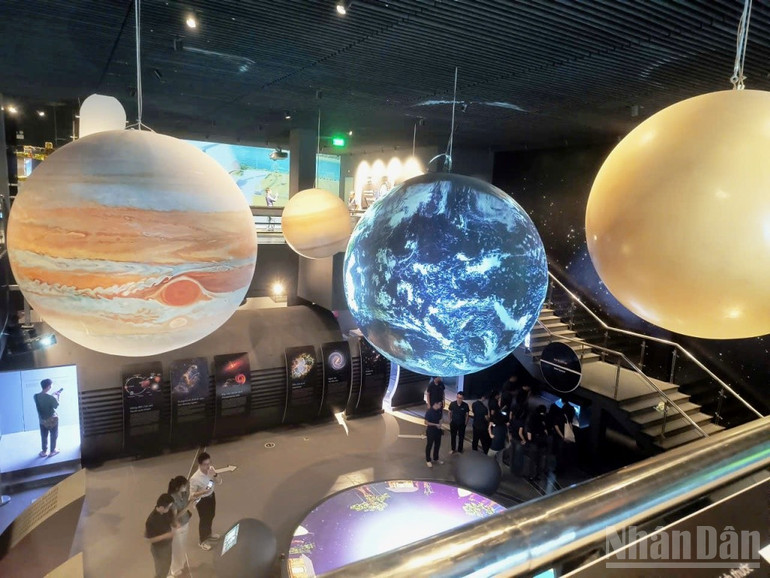
On the 2nd floor, at the space technology exhibition area, visitors will be able to admire models of the LOTUSat-1 satellite and satellites developed by Vietnam, models of rockets from many countries, and a model of the International Space Station ISS capsule.
Space Technology Applications Area: showcases the contributions of space science and technology to everyday life, from weather forecasting to communications and global positioning applications.
The Astronomical Tower is a special highlight with a modern 500 mm diameter reflecting optical telescope, helping us to observe the sky clearly.
12m diameter dome-shaped projection house, capacity 100 people with vivid visual and sound effects.
In addition, the museum also shows the deep connection between Vietnamese culture and history with space through ancient Vietnamese star maps, interactive screens simulating the bronze drum face, symbolizing the Vietnamese worldview with the image of the Sun in the center and legends associated with Vietnamese culture such as Cuoi on the moon, Nguu Lang-Chuc Nu, the efforts of generations of Vietnamese people expressing the desire to conquer space and the universe.
Source: https://nhandan.vn/khai-truong-bao-tang-vu-tru-viet-nam-nhan-ky-niem-80-nam-quoc-khanh-post902447.html




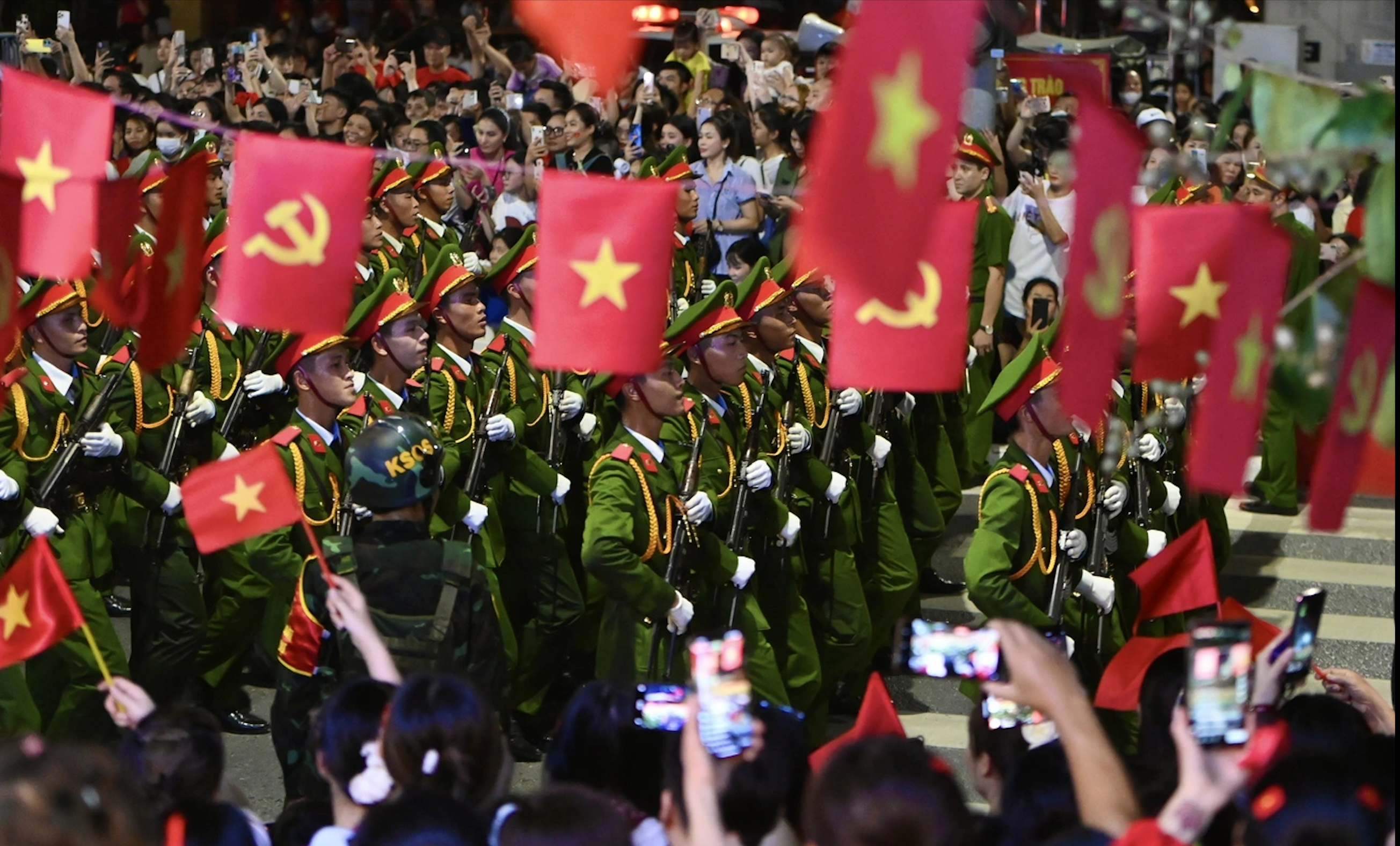


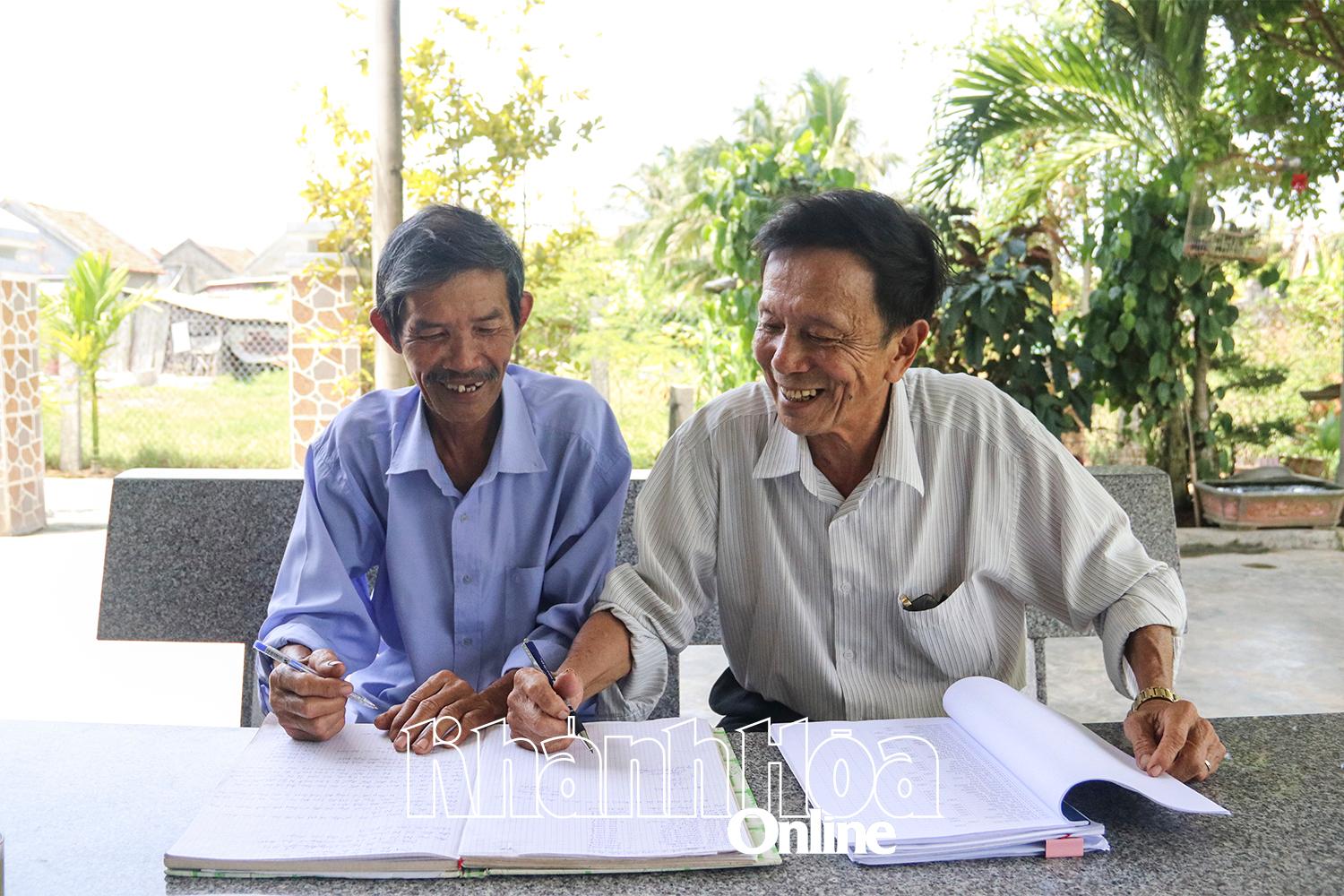
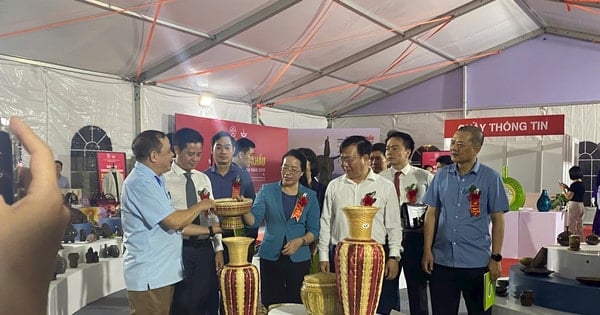
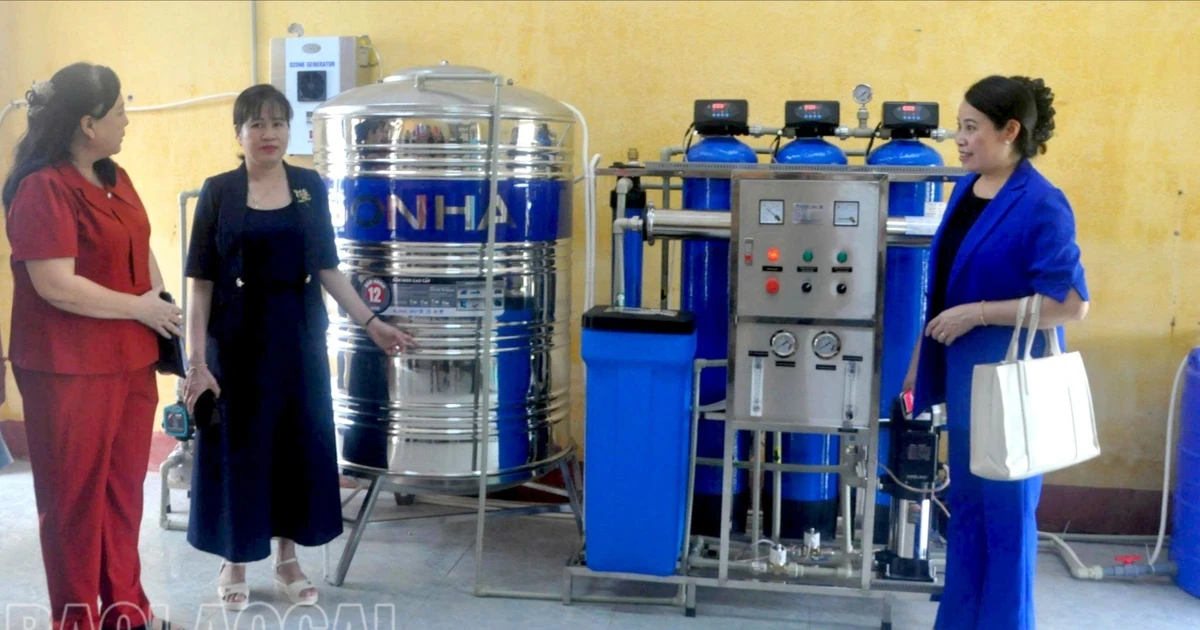
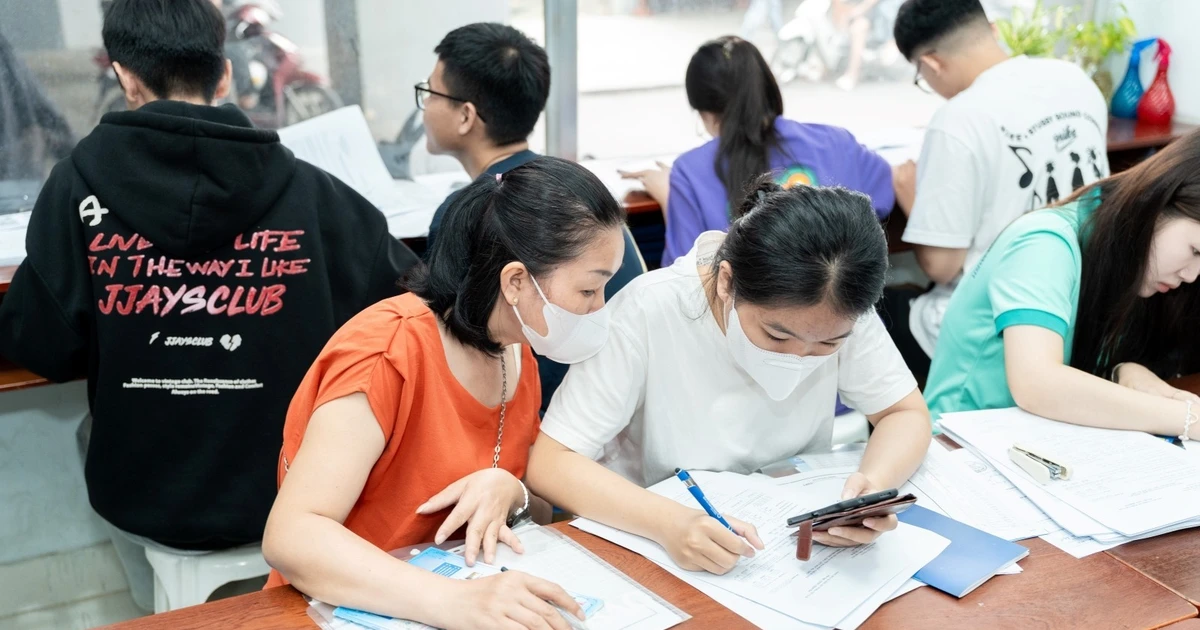
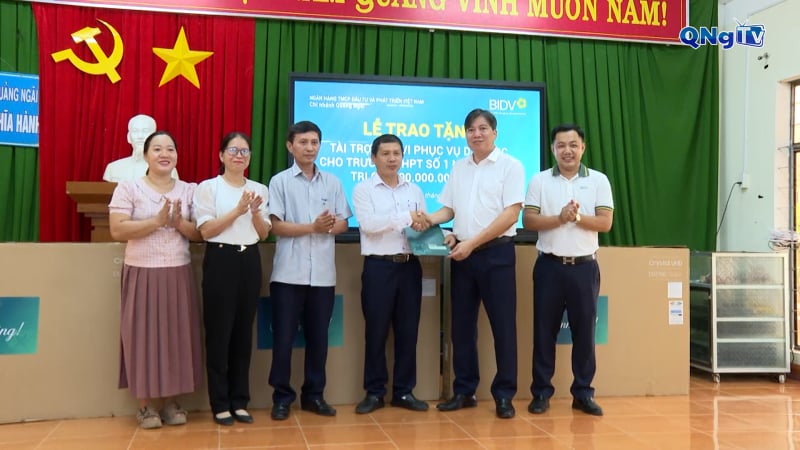
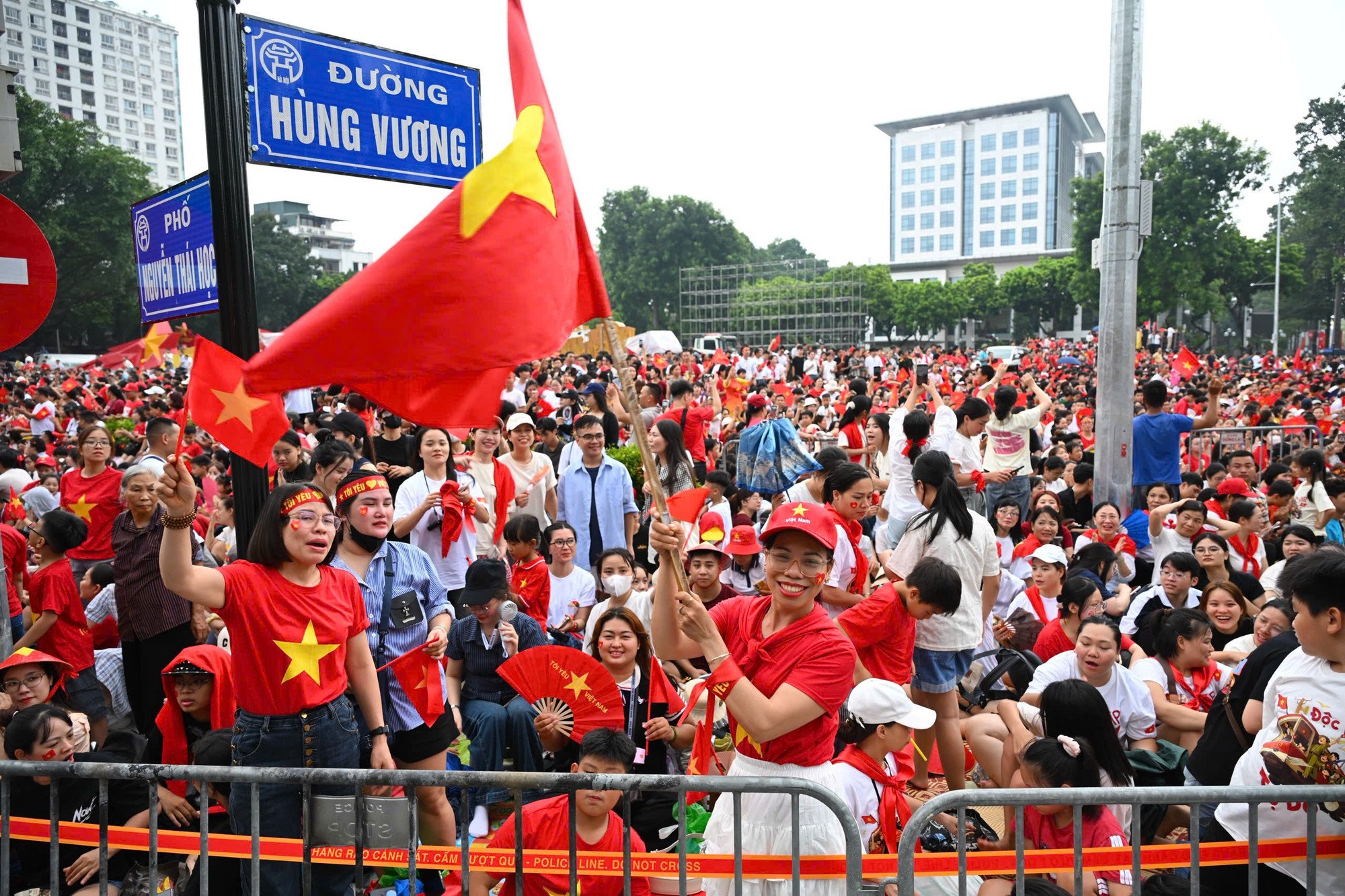

















![[Photo] An Phu intersection project connecting Ho Chi Minh City-Long Thanh-Dau Giay expressway behind schedule](https://vstatic.vietnam.vn/vietnam/resource/IMAGE/2025/8/21/1ad80e9dd8944150bb72e6c49ecc7e08)
































![[Photo] Politburo works with the Standing Committee of Hanoi Party Committee and Ho Chi Minh City Party Committee](https://vstatic.vietnam.vn/vietnam/resource/IMAGE/2025/8/21/4f3460337a6045e7847d50d38704355d)































Comment (0)